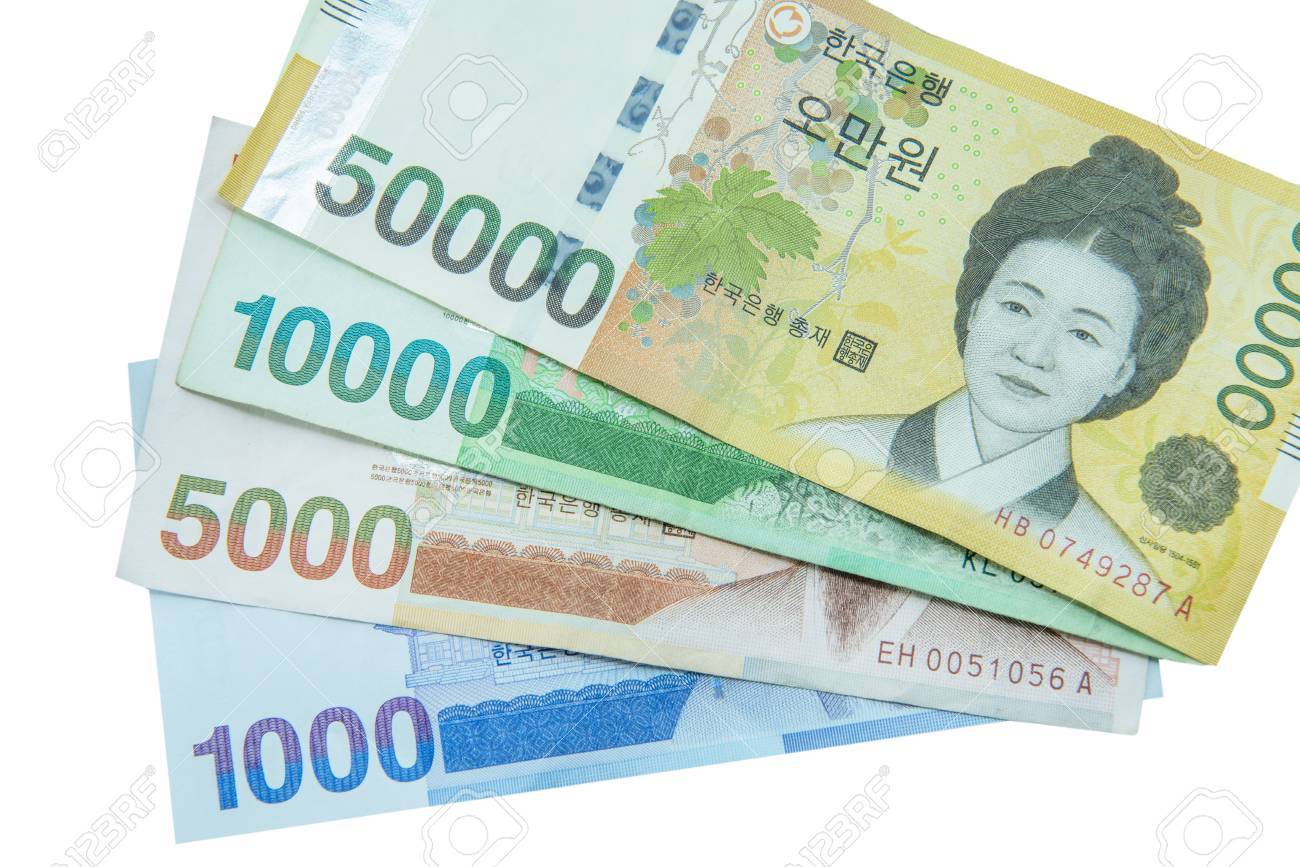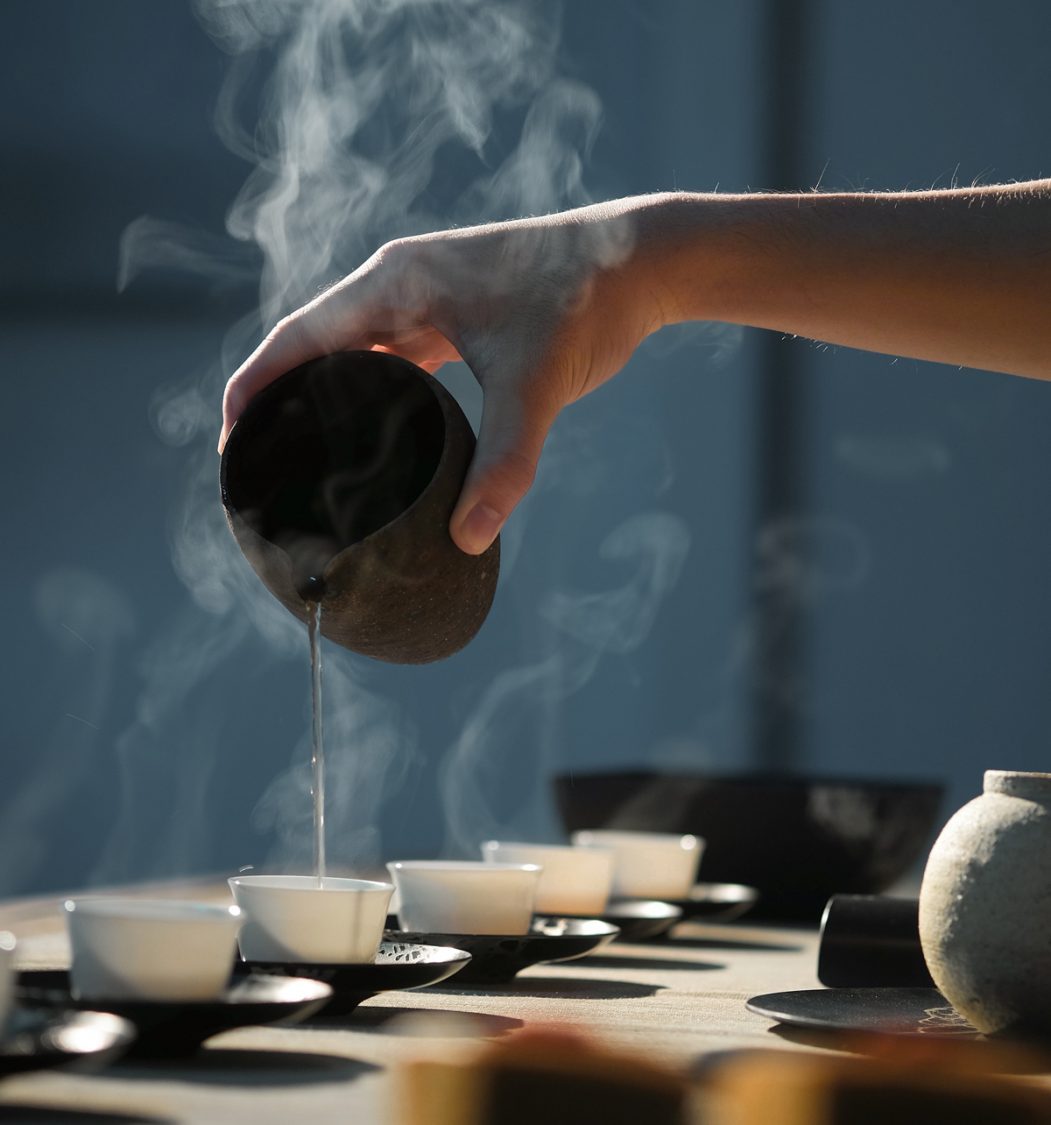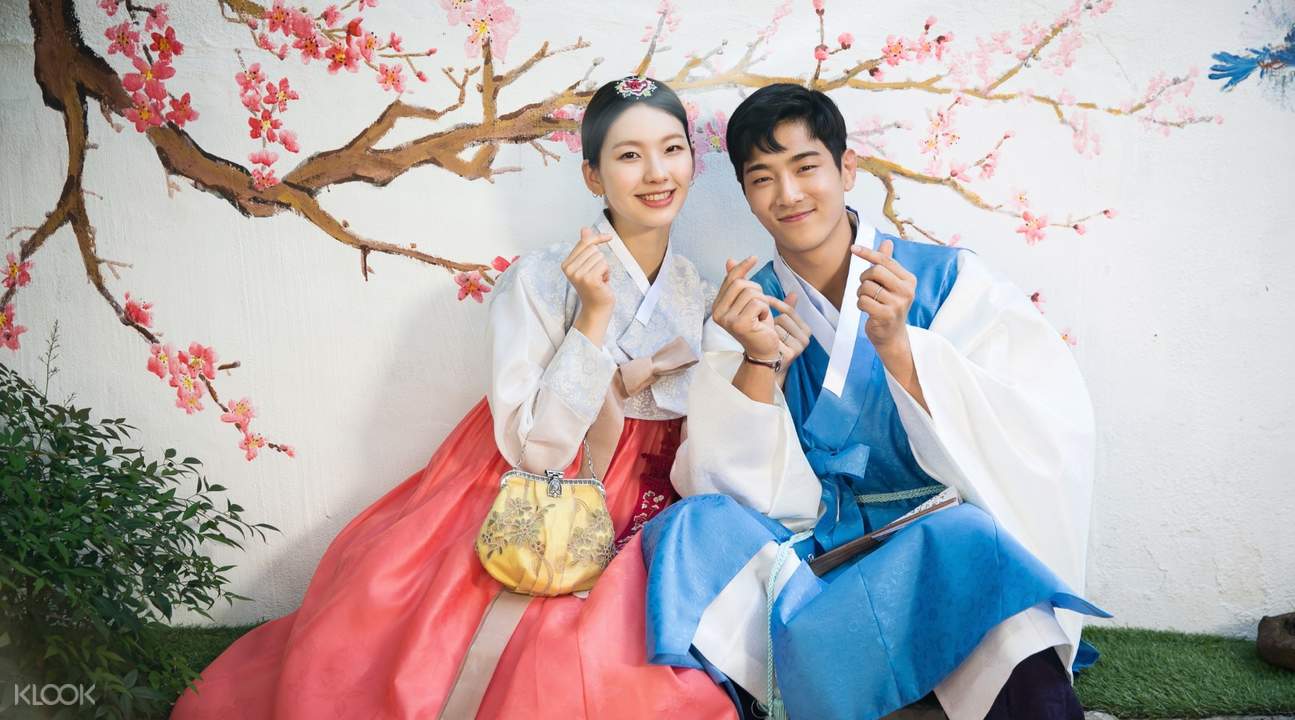Annyeong, yeoreobun! ^^
So with this RMCO implemented, author is still very much itching to go travel, especially in the land of KPOP~ *snaps back to reality!* So in the case when Malaysia decides to open borders again, here are some tips for you to prepare before flying over to meet your oppa or eonnie!
- Basic phrases

It really does help if you know some basic Korean phrases before you get there, especially common ones like Annyeonghaseyo (hello), Kamsahamnida (thank you), Eotteokhae gayo (how should I go there?) and etc. would be helpful if you are not familiar with the places. Unfortunately, not many Koreans are fluent in English. If you know some Mandarin, it might help as some places do have Chinese characters around. But if you do not, then best if you get a local guide to travel around with ease. Phrases like bbissayo! (expensive) miiiight actually help in haggling prices too! 😉
2. Currency = KRW

The currency being used in South Korea is the Korean won, and boy, the numbers do get huge! At the time of writing, 1,000 Korean won is equivalent to RM3.53, so just try to think of 1,000 won is RM3.
3. Weather
One thing that you have to look out for is the season and weather in South Korea for the period that you are travelling. If it is cold, you’d better lug on to those winter clothings, as it could get chilly with a small breeze in winter! If you are travelling during summer, make sure you remember to pack in your sunblock to avoid having your skin burnt!
4. Cheap deals!

So on my very first trip to Seoul, I discovered that there ARE items that are much considered very cheap if you buy it from Korea, as compared to when you buy things locally in Malaysia (possibly due to the popularity and shipping fee). You may want to jot these down, so you can bring back as souvenirs for your family & friends too!
- Sheet masks (there’s plenty of types for you to choose, such as moisturising, whitening, skin firming, and also brightening!) (Additional tip – Myeongdong is a very popular place to get masks in bundle for a very low price!)
- Instant noodles (Samyang and Shin noodles are both popular brands, and you can buy a few packs for everyone to try when you are back!)
- Soju (non-halal alert! You can get these alcohol bottles even from the convenience stores, so not to worry if you are looking to drink and party in your hotel room!)
Author’s personal favourite is actually hotteok pack, so if you are reading this, make sure you jot this down and send it back to Malaysia too!
5. Trash segregation

I actually was surprised when I first landed in Seoul and the local guide there told us it is very important for us to segregate the trash into food waste and normal trash (paper, plastic, and others). They even have different coloured plastic bags for you to put the waste in, even in hotel rooms! If they found that you do not comply, the hotel staff may get angry (I heard this from a friend), but they do understand that you are a tourist hence they will still explain to you patiently in the beginning.
So, there you go! Hope you will have fun travelling in South Korea when the travel ban is lifted!








